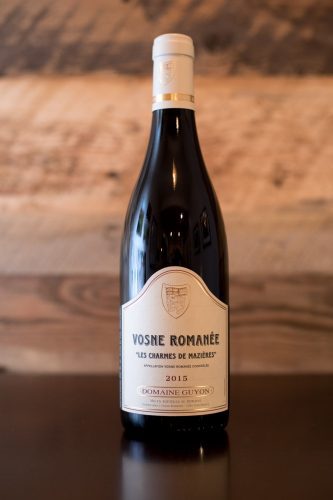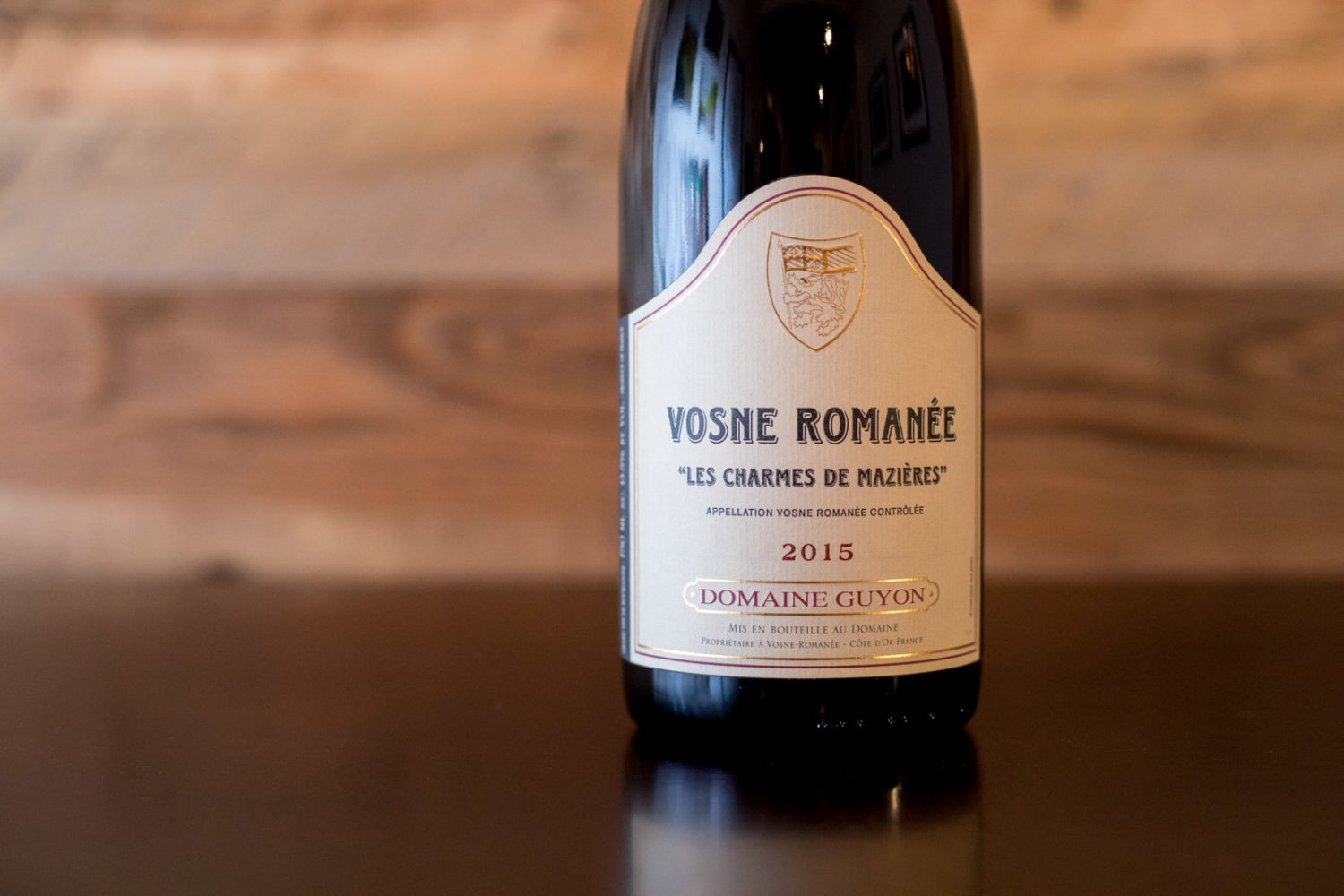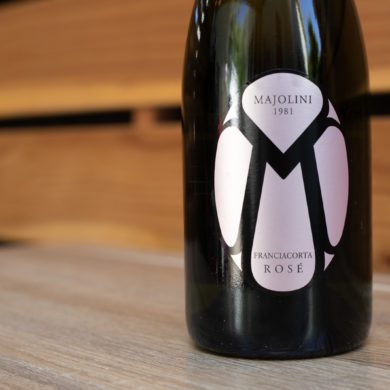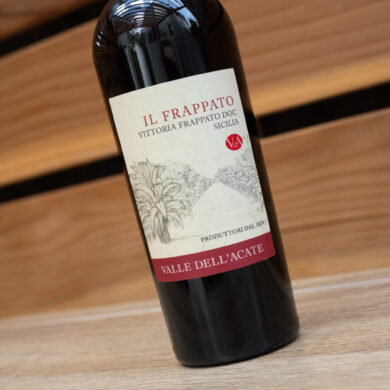Burgundy possesses everything a wine lover could want in a wine region: a storied history, endless dimensions of terroir, a roster of wineries ranging from storied négociants to multigenerational family domaines, and two of the most expressive and swoon-worthy grapes at its heart: Chardonnay and Pinot Noir.
Yet, for all of the fanfare, this slice of France remains elusive to almost all of us, even me — a self-published wine writer with a lot of access and connections to the industry, but a bank account that can only go so far. Put simply: there is not enough Burgundy to satisfy the world. “Allocation” is simultaneously the most thrilling and most frustrating word in the wine lexicon.
Yet Burgundy is still worth covering, and not just because it is the most influential wine region there is. At the supposed third-tier level — the Village wines — Burgundy’s Pinot Noir and Chardonnay can still have the potential to eclipse the rest of the world.
The Pedigree of Place
It may seem demonstrable to diagram the tiers of quality in Burgundy, but allow me for a quick second: I think it is fair to assume that many people have been chased away by this region’s prices, and frankly, never bothered to learn the distinctions.
A view over the reddish soil of the Grand Cru Romanée Saint-Vivant, looking across at Hautes Maizières, the village-level vineyard that yielded much of this wine. ©Kevin Day/Opening a BottleBurgundy wines have four levels, all tied to their origin: the vineyards from which they are sourced. The best vineyards are awarded Grand Cru status (roughly the top 2%), followed by Premier Cru, then Village-level wines from defined communities, and finally, the most affordable level, regional wines (“Bourgogne”).
Wines at the Grand Cru and Premier Cru levels are never blended from multiple plots, so a wine labeled as such comes from those carefully defined plots.
Village-level wines are community focused, and while they can be blended from multiple vineyards, all of those vineyards have to be classified from the same village.
The problem is that for ordinary consumers, the Grand Cru and Premier Cru wines are untouchable due to cost and scarcity, a problem that has only been exasperated for American wine lovers by recent tariffs (and the threat of heftier ones, too). However, the Village-level wines — both white and red — are very appealing. They represent 36% of Burgundy’s wines, so options abound without that soul-crushing word “allocation.” From Marsannay in the north to Maranges in the south, there are 30 village appellations stretched across the Côte de Nuit and the Côte de Beaune. Of these, few have a bigger caché than Vosne-Romanée.
A Taste of Vosne-Romanée
This small village is home to eight Grand Cru and 14 Premier Cru. Of these, the Grand Cru Romanée-Conti, La Tâche and Richebourg are some of the most illustrious vineyards on earth. One might assume that the Village-level vineyards that surround this tiny hamlet are blessed with some kind of pixie dust thanks to their proximity to these mighty Grand Cru. In truth, the slightest factor diminishes them: less incline towards the sun, shallower soil, cooler conditions … they all impact ripening just so.
Vosne-Romanée is a rather unassuming village when you walk its quiet streets, but its impact on the world of wine is enormous. ©Kevin Day/Opening a BottleThis past Christmas Eve, I was afforded a taste of Vosne-Romanée — the 2015 Domaine Guyon Vosne-Romanée “Les Charmes de Mazières.” Its prestige of place is underlined by its sticker price: $135, one of the most expensive Village wines I’ve come across. Yet this wine displayed its personality as though it were a living being. To paraphrase NY Times wine critic Eric Asimov, it was “suggestive, not coercive,” which is the perfect delineation between good Pinot Noir and exceptional. That distinction may not explain it on economic terms (scarcity does), and it may not justify the cost to you, but it certainly pardons the price in my book.
Beyond the illustrious Grand Cru vineyards, Vosne-Romanée is known as a village for generating Pinot Noir wines of naturally calibrated balance, as well as deep and dark earthy tones to complement its sensuous berry-like fruit. “Les Charmes de Mazières” comes from the northern outskirts of the village, across from the Premier Cru vineyard of Les Suchots. Winemaker Jean-Pierre Guyon works mainly with old vines, and in this particular plot they date back 80 years, roughly to the time that his great grandfather was establishing the domaine. These are astoundingly old Pinot Noir vines, and the rare, shape-shifting character of these grapes is noticeable in the glass.
For our guests on Christmas Eve, we opened this wine alongside one of my favorite Bordeaux wines, Château Fonroque Saint-Émilion. As much as I love that wine, too, I couldn’t bring myself to drink it as long as “Les Charmes de Mazières” was around. It kept teasing out details and whispering its secrets. A third-tier wine? It was hard to see how it could be. But if this is what third place tastes like in Vosne-Romanée, I’ll gladly take bronze.
2015 Domaine Guyon Vosne-Romanée “Les Charmes de Mazières”
 Vosne-Romanée AOC (Burgundy)
Vosne-Romanée AOC (Burgundy)
Grapes: Pinot Noir (100%)
Alcohol: 13.5%
Practice: (certified organic)
Rating: ★★★★★ (out of five)
• Food friendliness: Versatile
Value: Pricey
Tasting notes: The elusive aromas are dark and brooding, harboring quite a few mysteries; most reminiscent to me of black currant and dark luscious raspberries, as well as roses, sweet smoke and slate. On the palate, the wine juxtaposes its serious acidity and firm structure with a light touch. It’s a delicate wine of bottomless depth, a strange dichotomy. Mild tannins lead to a lingering finish I can only describe as “gravelly smoke.” A spectacular wine.
Serving suggestion: With its earthy tones, I’d recommend it be served with a gnocchi or pasta decked in chanterelles. Do not drink this wine without a proper Burgundy glass — you’ll miss half the plot.
Note: This wine was provided as a sample by Weygandt-Metzler Importing. Learn more about my editorial and sample policy.



